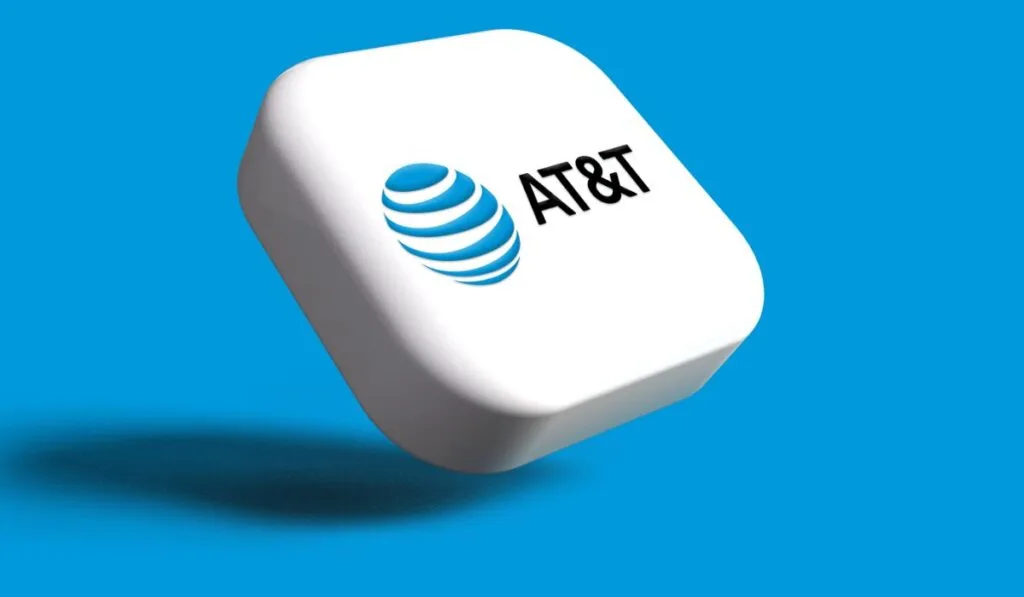Not long ago, standard WiFi was enough to handle all that you needed. Today, we rely on the ubiquity of smartphones, streaming, and an increasing number of internet connections in our homes and businesses. It’s not uncommon for WiFi routers become overwhelmed. So, is it possible to use two internet service providers to avoid this problem?
There’s nothing stopping you from using two internet service providers (ISPs) for your WiFi, so you can use both Xfinity and AT&T in the same house. Using multiple ISPs allows for a speedier connection. It’s also possible to set up two modems with one router, or add another router to your network.
If you have Xfinity, you can consider using AT&T as well as your backup WiFi system. Some argue it’s easier to use Ethernet cables dedicated to each device. However, dealing with all the wires makes for a messy setup, so WiFi is usually the way to go. Let’s take a look at how having multiple ISPs works.
Can I Have Two Internet Providers in One House?

Businesses connect to multiple internet providers all the time, so it’s possible to install the same option in your home. For example, if you’re using Xfinity and want to get AT&T, both come with different blocks of IP addresses.
You could still use a router to set up rules on which host should route to where, which makes it easy to dual-home your hosts to spread the traffic. Getting an additional ISP for your WiFi provides redundancy, which helps to keep all your systems running even during technical hitches on one of the ISP’s network.
Another option is to get two modems and one router. This is common in businesses that run multiple ISPs.
The additional bandwidth can come in handy if you have multiple devices, especially those that require an internet connection to run 24/7. You can get one modem from Xfinity and another from AT&T and set up a router equipped to handle that.
The only challenge about this connection is the cost, as you have to pay for two internet subscriptions. As a result, the setup fees are higher. But it’s a price you need to pay if you really need a steady connection to run multiple devices in your home.
Can You Use the Internet Without a Provider?
You can’t use the internet without a provider. Some of the options marketed as ways to connect without a provider include mobile hotspots, which ultimately will need a provider even if you’re using a public service. Other options include using a WiFi USB dongle, satellite internet, and a portable cellular router.
So, if you desperately want to use the internet and don’t want to get a contract with a provider, you might want to consider using public WiFi connections.
But remember that most public WiFi connections may not offer the speeds you need for your tasks. Also, there’s a question about safety, especially if you’re handling sensitive data over the network.
Can You Connect Two Internet Services to One Network?
By connecting two internet services, you can boost your internet speeds. It’s possible to connect internet connections to achieve a single powerful connection. The best solution for this is to install a router designed for this.
Multihoming routers offer two LAN interfaces that can take links. They can handle load balancing aspects and fail-over of connection sharing. However, these products are normally designed for businesses, but as a homeowner, you can get one to enjoy the benefits of better speeds.
Can You Add Another Router to Your Network?
It’s possible to connect another router to the network, and there’s several reasons why you might want to. One of the most common reasons is to use it as a range extender. You can create a single network name between the routers so your devices can connect regardless of which one you use at a time.
Most new routers come with wireless distributed service (WDS), which offers multiple access points on a network using a single name. If the router supports WDS, you can create a WDS environment.
First, set up the router as normal. Then ensure the additional router is wired to the original router. Use a wireless media bridge or run a single network cable to the second location.
You can set the IP address of the router manually to feature a number higher than your existing router. Also, disable Automatic Channel selection in the second router and set a channel not used by the main router. This gives you two access points, which work in harmony to create one distributed network.
Xfinity vs. AT&T: Which is Better?

If you’re looking for the suitable internet service provider, it’s worth comparing options. Xfinity and AT&T are some of the most popular choices.
Overall, AT&T wins this duel, as the company offers fast fiber plans, and the service is also affordable. In addition, you get unlimited data.
On the other hand, Xfinity offers some solid lower-tier plans that will not break the bank. Besides, Xfinity is more widely available, so this can work as your plan B if you want to use two ISPs for your home.
Conclusion
Setting up WiFi connections in your home will help you run multiple different devices, including your computers, smart fridge, security system, phones, and more.
In the case one internet service provider is not enough, you can install two. The redundancy helps you always have a connection even when one of the providers experiences downtime.
